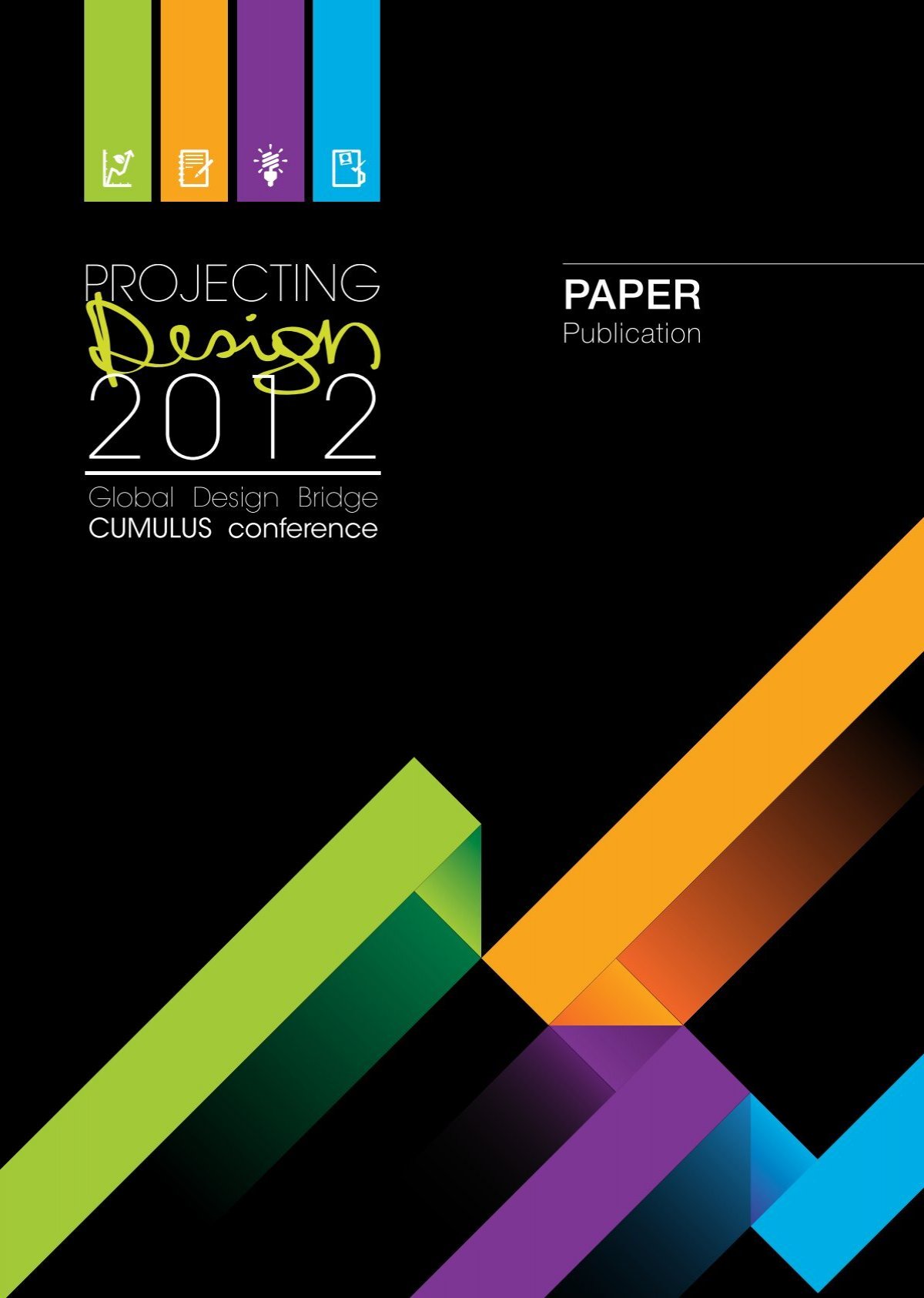

For designers, artists, and other creative types, mastering color is key. That’s easier said than done in the digital world, where dozens of competing color types and formats make it hard to find a perfect match. If you’ve ever wished that we could go back to using paint chips, Aquarelo is for you.
High-sensitivity 3.2 MP (2,048 x 1,536) monochrome CMOS sensor with 3.45 µm pixel resolution; high-sensitivity 3.2 MP (2,048 x 1,536) color CMOS sensor with 3.45 µm pixel resolution Computer External Dell™ PC with an Intel™ Core™ i7-8700 processor, 32 GB DDR4 RAM, 512 GB PCIe solid-state drive, NVIDIA™. For a quick overview of the example data we’ll be using and where it came from, we are going to work with a subset of the dataset published here.We were exploring an underwater mountain 3 km down at the bottom of the Pacific Ocean that serves as a low-temperature (5-10°C) hydrothermal venting site. VivoQuant 1.22 provides enhanced tools to streamline your image analysis workflows for all of your SPECT, CT, PET, MR and optical imaging data. Please also see attached flyer for more details. Please join us for an overview of new and improved features in VivoQuant 1.22 (see attached flyer for more details and links).
Aquarelo is an omnivorous color-comparison tool, able to read and export color files of any format. You can even type the color codes in the app window to pull up a sample swatch. Plus, the app can generate gradients between any two colors, helping you establish complementary and contrasting shades in seconds.
Curious about the dominant colors in an eye-catching image? Open it in the app and you’ll be able to extract the color values in your preferred format with a couple of clicks. That’s color mastery — no wheel required. Here’s how to put it to work.

Generate any gradient between two colors. Super vectorizer 1 6 6 tnt download free. Aquarelo generates a range of colors between the two you entered. Enter the names of two shades on either side of the app window to start. Then use the + and - keys to increase or decrease the number of intermediate shades. When you’re ready, click a swatch to copy it to your clipboard.
Format, format, format!
Use the drop-down menu at the top of the screen to choose the type of color code you’d like to use for your inputs and clipboard. This feature makes color conversions a snap. If you need to export to a particular palette program, click the diamond-shaped icon at the top right and choose your preferred format or file type.
To extract the dominant colors from any image:
With Aquarelo, available on Setapp along with 130+ other useful apps, you get total control in your digital color space. Time to make your projects pop.
Meantime, prepare for all the awesome things you can do with Setapp.
Read onSign Up

